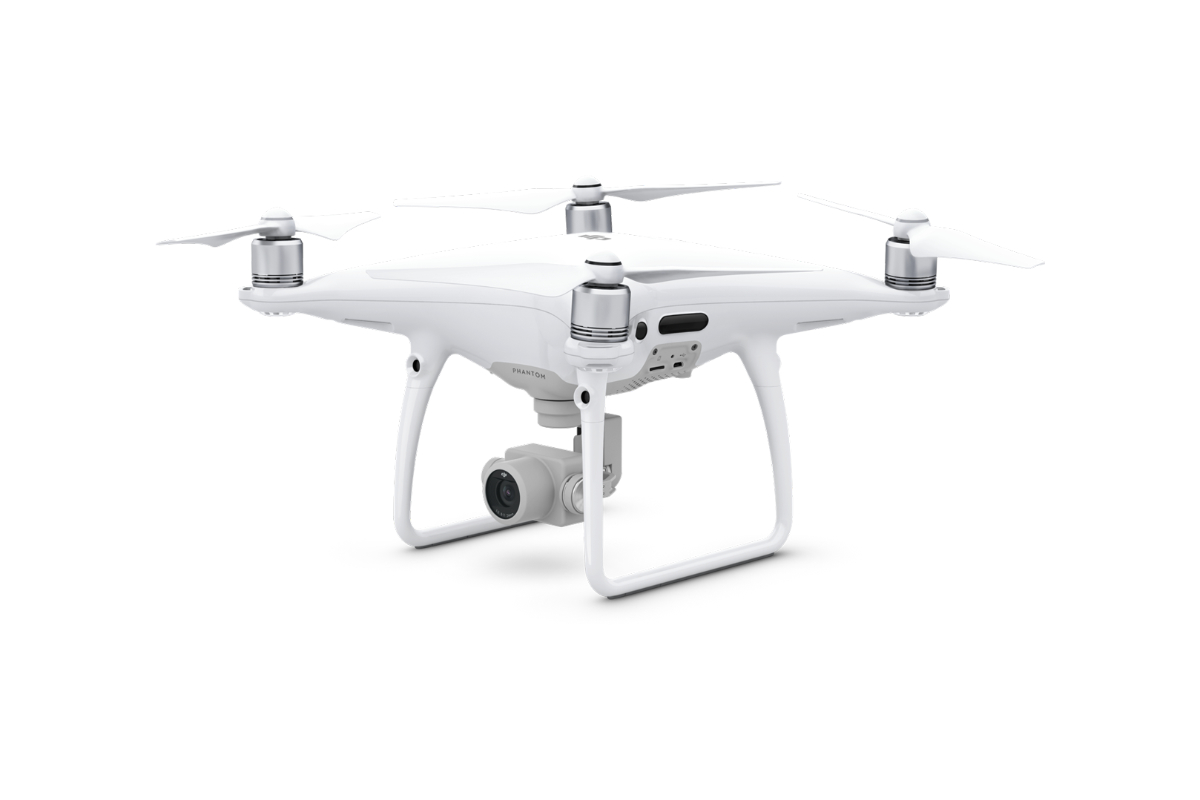Technologies used

DJI Phantom 4 Pro
We use this drone mainly for more precise and less extensive work, or for vertical mapping. It is equipped with a high quality 20 megapixel camera with the ability to record 4K videos.

Mobile Phone
Mobile phone for immediate use and documentation of buildings, both their interiors and exteriors. It uses its own video camera/camera to capture a sequence of images and video. The modern electronic MawisPhoto service will then enable the subsequent creation of 3D models.

GoPro Camera
GoPro cameras for immediate use and documentation of buildings, both their interiors and exteriors. Full HD cameras for capturing a sequence of images and video. The modern electronic MawisPhoto service will then enable the subsequent creation of 3D models.








